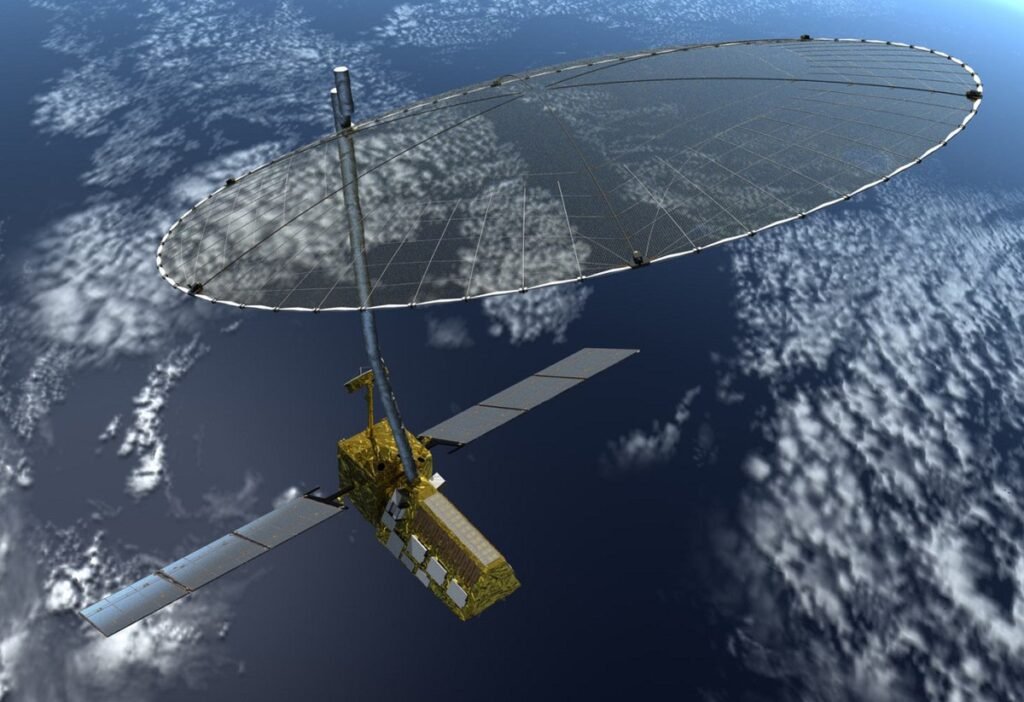India’s NISAR Space Program: A Journey of Innovation, Growth, and Global Impact
India’s space journey, led by the Indian Space Research Organisation (ISRO), has made the country a powerful name in global space exploration. It all began in 1975 with the historic launch of India’s first satellite, Aryabhata. Since then, India has made a mark as a leader in cost-effective satellite launches, especially using the PSLV (Polar Satellite Launch Vehicle). So far, India has launched over 400 foreign satellites for 34 countries—a proud achievement.
A major turning point came in 2014 when the Indian government introduced bold reforms in the space sector under the leadership of the Prime Minister. These changes opened the doors for private companies and international partnerships. The reforms created new opportunities, boosted India’s space capabilities, and prepared the country for bigger milestones.
NISAR Mission: A Major Step in ISRO-NASA Partnership
India is now ready for another big mission—NISAR (NASA-ISRO Synthetic Aperture Radar). This will be the first joint Earth observation mission between NASA and ISRO. It is scheduled to launch on July 30, 2025, at 5:40 PM (IST) using the GSLV-F16 rocket.
NISAR will enter a sun-synchronous polar orbit and will capture high-resolution day-and-night, all-weather images of Earth’s land and ice-covered surfaces every 12 days. It uses dual-frequency radars:
- L-band radar from NASA
- S-band radar from ISRO
With this advanced radar system, NISAR can even “see” through tree canopies and beneath the surface of the ground. It will help study:
- Ecosystems: vegetation, forests, and carbon cycles
- Deformation: earthquakes, landslides, and volcanoes
- Cryosphere: glaciers and the impact of climate change on sea levels
How NISAR Will Help India:
- Track coastal and river delta changes
- Monitor erosion and sediment buildup along coastlines
- Observe sea ice near India’s research stations in Antarctica
- Detect oil spills in the ocean and report them quickly
Human Spaceflight Milestone: Axiom-4 and Shubhanshu Shukla
India has also made a major leap in human spaceflight. In the successful Axiom-4 mission, Group Captain Shubhanshu Shukla became the first Indian astronaut to visit the International Space Station (ISS) as part of international collaboration.
He conducted important scientific experiments that will help shape India’s upcoming Gaganyaan human spaceflight mission. On July 15, the Prime Minister welcomed Shukla back to Earth and praised his courage, dedication, and pioneering spirit, calling him an inspiration to millions of Indians.
Historic Achievements by ISRO
India’s space achievements go far beyond satellite launches. Some of the major milestones include:
- Chandrayaan-1: Confirmed the presence of water molecules on the Moon
- Chandrayaan-3: Made India the first country to land near the Moon’s south pole
- Mars Orbiter Mission (Mangalyaan): Made India the first Asian country to reach Mars orbit on its first attempt
- NAVIC: India’s own satellite-based navigation system
- XPoSat: India’s space observatory for studying cosmic X-rays
- Gaganyaan: India’s mission to send humans into space
These missions have strengthened India’s position in technology, scientific research, and international cooperation.
Quick Highlights:
Over 400 satellites from 34 countries launched by India
NISAR launch: July 30, 2025, with NASA-ISRO partnership
First Indian at the ISS: Group Captain Shubhanshu Shukla
Groundbreaking missions: Chandrayaan, Mangalyaan, and Gaganyaan
Final Thoughts
India’s space program is now moving into a bold new era of innovation, partnerships, and discovery. With missions like NISAR, the success of Axiom-4, and growing private sector involvement, India is shaping the future of space exploration—not just for itself, but for the world.
India’s space journey, led by ISRO, shows how far the country has come—from launching its first satellite Aryabhata to preparing for the NISAR mission with NASA. With over 400 foreign satellites launched and successful missions like Chandrayaan, Mangalyaan, and now Gaganyaan on the horizon, India is proving itself as a global space leader.
The upcoming NISAR satellite launch is a proud milestone, showing how international partnerships and cutting-edge technology can help us better understand our planet. With more missions ahead and growing global cooperation, India’s space future looks brighter than ever.

